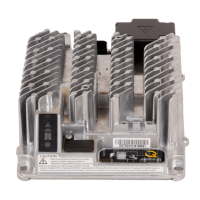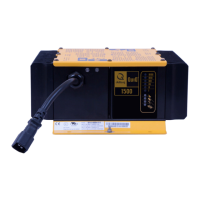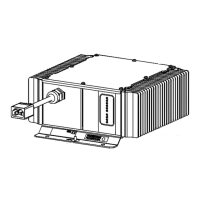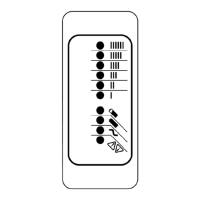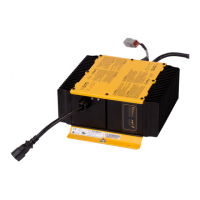7
See the “Performance Charts” section for larger
versions of these performance graphs.
High Ambient Temperature
At ambient temperatures above approximately
40°C, the charger will de-rate its output in order to
maintain a maximum internal temperature. This
de-rating is approximately linear until 0% output
power at over 80°C ambient temperature.
As with any thermodynamic system, there are many
variables to consider such as the volume and speed
of airow, ventilation, air currents, and emissivity
eects that all inuence the thermal performance
of the charger. Thorough thermal testing is
recommended in the nal installation to determine
actual performance.
Low Ambient Temperature
The IC650 Charger is capable of operating at full
power at its minimum rated ambient temperature
of -40°C. Figure 3 illustrates the approximate
ambient temperature performance.
Low AC Voltage
Should input voltage fall below 100VAC, the charger
will reduce output power in order to protect itself
from damage. The power is reduced 1% per Volt
below 100VAC until the charger turns o at 80VAC.
Turn-on occurs when the voltage rises above
85VAC.
High AC Voltage
When input voltage rises above 270VAC the charger
will shut o in order to protect itself from damage.
It will not turn on until the voltage falls below
265VAC. Figure 4 shows the power across the AC
voltage range.
Power Limited
At charging voltages below 2.0 V/cell (24.0V on a
24 V charger, 36.0 V on a 36V charger, etc.), such as
those found on excessively discharged or damaged
battery packs, the IC650 Charger will supply its
maximum DC output current at voltages as low as
0.1 V/cell. The selected charging prole may restrict
this even further. While the current is limited at the
charger’s maximum, the voltage is low, resulting in
reduced power output.
At normal charging voltages, at and above 2.0 V/
cell, the charger is capable of charging at its rated
maximum power output continuously.
3.3 Adverse Operation
Figure 3. Ambient Temperature Derating
Figure 4. Output power versus AC input voltage
Figure 5. Maximum output power versus battery
voltage per cell.
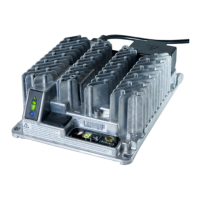
